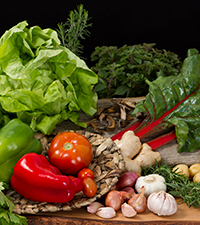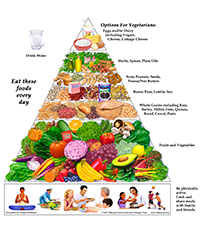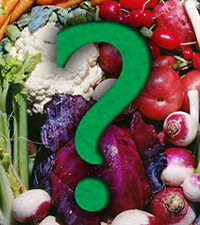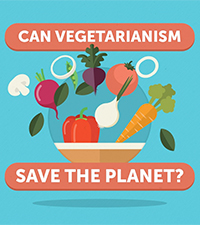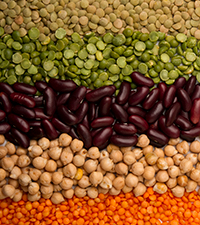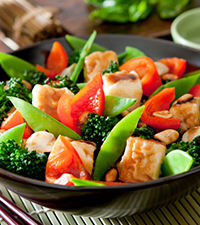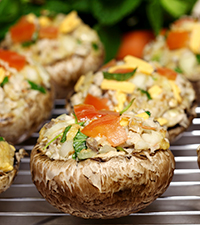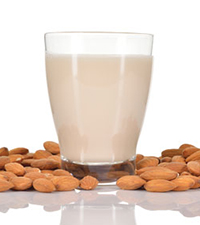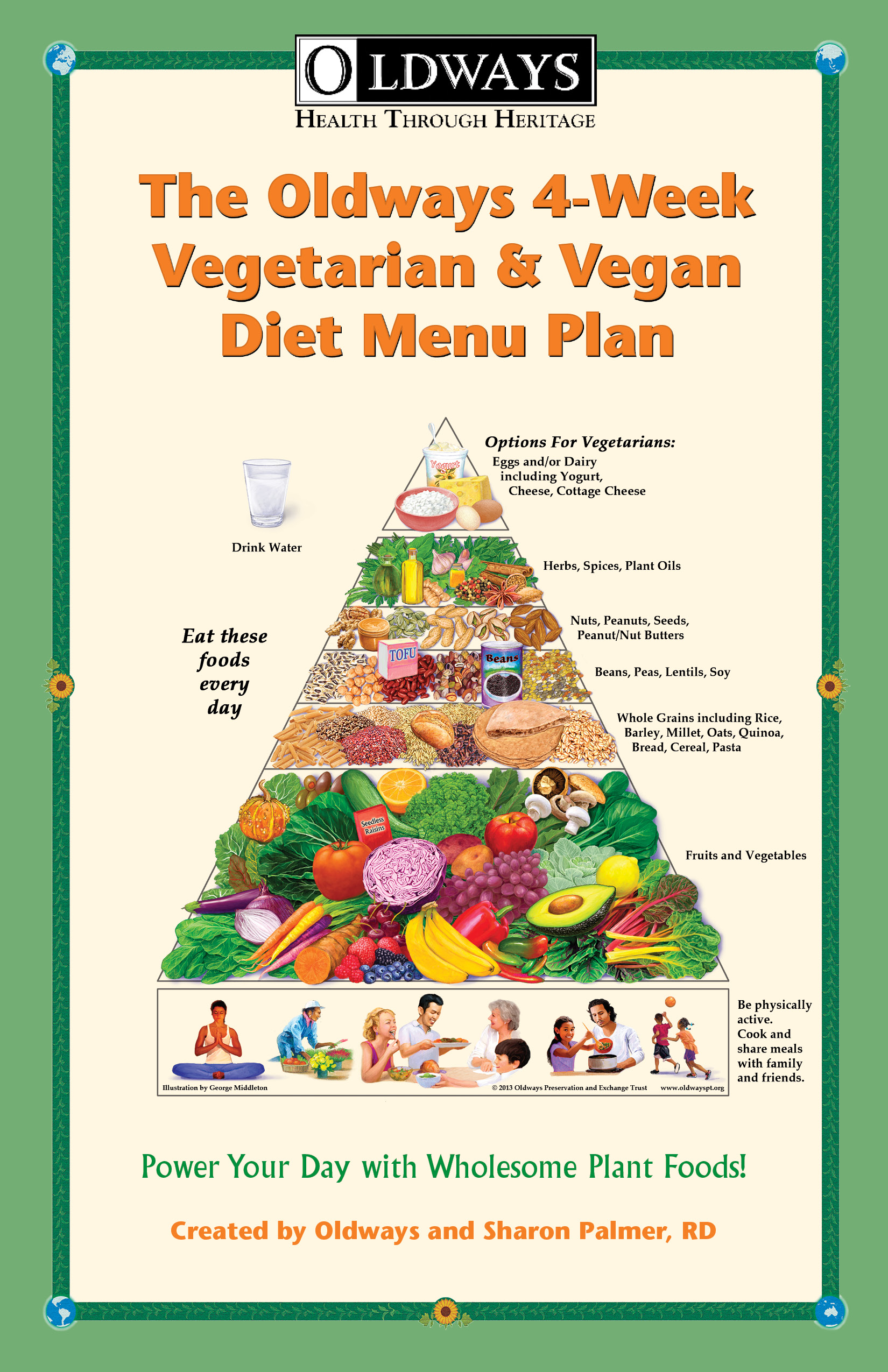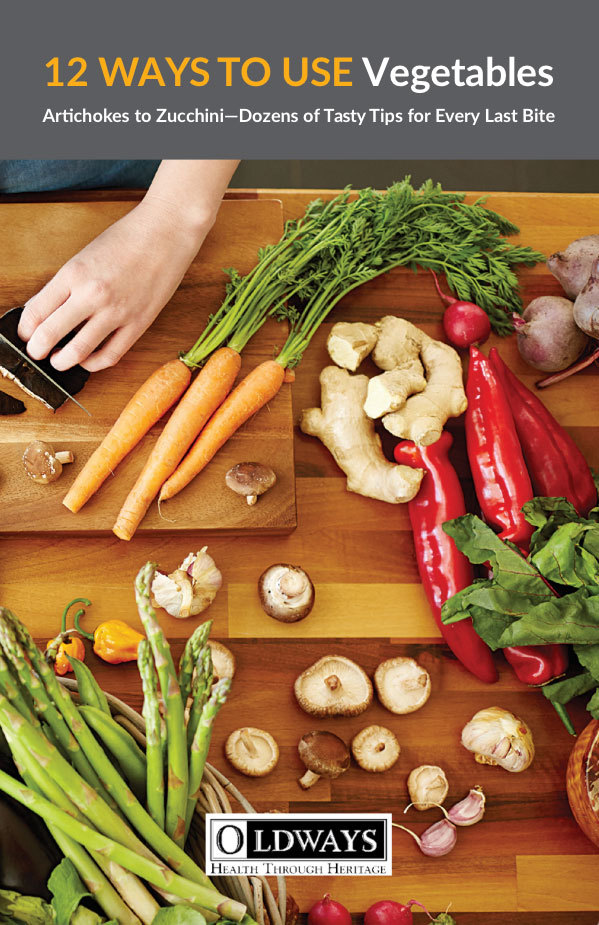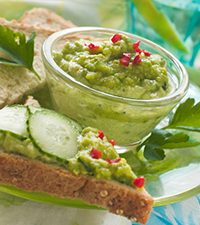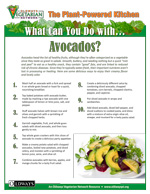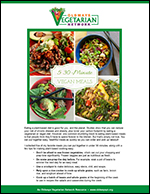Oldways is creating resources to inspire everyone, from the novice to the experienced cook, to discover how easy, tasty, and affordable it is to eat a diet rich in whole plant foods. In addition to the resources we’ve organized below, you may also want to search for vegetarian and vegan resources on our main resources page.
Getting Started |
|
|
There’s no time like right now to understand why health professionals are encouraging everyone to eat more plant foods and reap the scientifically proven benefits, which include weight loss, improved health, and longevity. |
|
Defining Vegetarian DietsHere’s a quick look at several popular diets that all focus on increasing the number and amount of plant foods you eat every day |
|
Recommended Daily Servings for Each Level of the PyramidThis guide illustrates the importance of eating foods from all levels of the pyramid every day if you’re a lacto-ovo vegetarian, and from all but the top level if you’re a vegan. |
|
Frequently Asked QuestionsA number of issues commonly crop up concerning vegetarian and vegan diets. Here’s a look at some of the most common queries. |
|
Infographic: Can Vegetarianism Save the Planet?Animal raising – the time, effort and resources needed to nurture them for food are far above that of vegetables. In an overcrowded world where resources are sacred, we must look at what would happen if we reduced our animal intake. |
|
The Basics of Plant-Food Nutrition |
|
|
A well-planned vegetarian or vegan diet provides everything your body needs to thrive. Here’s a guide to plant sources of protein, calcium, vitamin D, and vitamin B-12. |
|
Vegetarian Protein Plant SourcesMost plant foods have some amounts of protein. Some are protein beasts—serving up more per serving than an ounce of meat. |
|
Vegetarian Calcium Food SourcesMany plant-based foods, such as green vegetables, almonds, and broccoli are rich in calcium, an important nutrient. |
|
Vegetarian Vitamin D Food SourcesTo meet vitamin D requirements, aim for 10 minutes of sunlight daily, consume vitamin-D fortified foods, and consider taking a vitamin D supplement. |
|
Vegetarian Vitamin B-12 Food SourcesVitamin B-12 is mostly available in animal foods. You can also get it in some nutritional yeasts, as well as from fortified cereals and soy milk. |
|
Plant-Based Milks GuideToday you can find milk-like beverages made from all sorts of plants, including nuts, seeds, and grains. In general, many plant-based milks are good alternatives to cow’s milk. |
|
The Plant-Powered Kitchen |
|
|
Take charge of good nutrition for you and your family by learning how to create delicious, easy, and affordable meals. Cooking doesn’t have to be a chore! |
|
Follow our 4-Week Menu PlanThe Oldways 4-Week Vegetarian & Vegan Diet Menu Plan offers simple, appetizing recipes to help you get started with a plant-based diet. |
|
Learn 12 Ways to Use VegetablesFrom artichokes to zucchini, this colorful and engaging book offers great tips for making the most of vegetables. |
|
Push Your Veggies!There are so many reasons to pump up the volume on veggies. Here are tips for boosting those precious servings of vegetables to at least six servings a day. |
|
Easy RecipesCooking vegetarian and vegan meals isn’t difficult. Here are some of our favorite recipes. |
|
What You Can Do With…Our collection of one-page resources is designed to help cooks of all abilities discover new and easy ways to use popular Vegetarian and Vegan ingredients. |
|
Five 30-Minute VeGan MealsEating a plant-based diet is good for you, and the planet. Here are five vegan meals you can put together in under 30 minutes, along with a few tips for making plant-based cooking easy. |
|
References
- 2015–2020 Dietary Guidelines for Americans. Office of Disease Prevention and Health Promotion. https://health.gov/dietaryguidelines/2015/guidelines/. Published January 2016. Accessed February 2, 2017.
- Academy of Nutrition and Dietetics. Vegetarian Diets. 2016; 116(12): 970-1980. http://www.eatrightpro.org/resource/practice/position-and-practice-papers/position-papers/vegetarian-diets. Accessed February 2, 2017.
- Craig, W. Health effects of vegan diets. The American Journal of Clinical Nutrition. 2009;89(5): 1627S-1633S. doi: 10.3945/ajcn.2009.26736N.
- Dietary Reference Intakes. United States Department of Agriculture. https://www.nal.usda.gov/fnic/dietary-reference-intakes. Accessed February 2, 2017.
- Leung A, Lamar A, He X, Braverman L, Pearce E. Iodine status and thyroid function of Boston-area vegetarians and vegans. J Clin Endocrinol Metab. 2011;96(8):E1303-7. doi: 10.1210/jc.2011-0256.
- Nowson C, O’Connell S. Protein Requirements and Recommendations for Older People: A Review. Nutrients. 2015; 7(8): 6874–6899. doi: 10.3390/nu7085311.
- The Vegetarian Resource Group. Vitamin B12 in Vegetarian Diets. http://www.vrg.org/nutrition/b12.php. Accessed February 2, 2017.
- The Vegetarian Resource Group. Calcium in the Vegan Diet. http://www.vrg.org/nutrition/calcium.php. Accessed February 2, 2017.
- The Vegetarian Resource Group. Iron in the Vegan Diet. http://www.vrg.org/nutrition/iron.php. Accessed February 2, 2017.
- The Vegetarian Resource Group. Zinc in Vegetarian Diets. https://vegetariannutrition.net/docs/Zinc-Vegetarian-Nutrition.pdf. Accessed February 2, 2017.
- United States Department of Agriculture Nutrient Data Laboratory. USDA Food Composition Databases. https://ndb.nal.usda.gov/ndb/. Accessed February 2, 2017.

